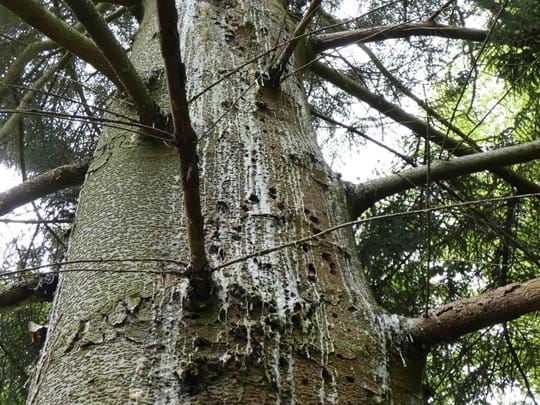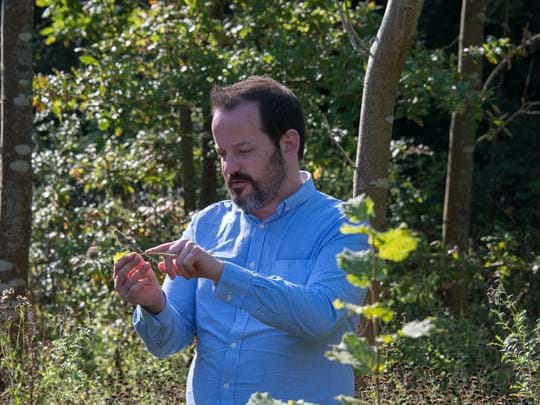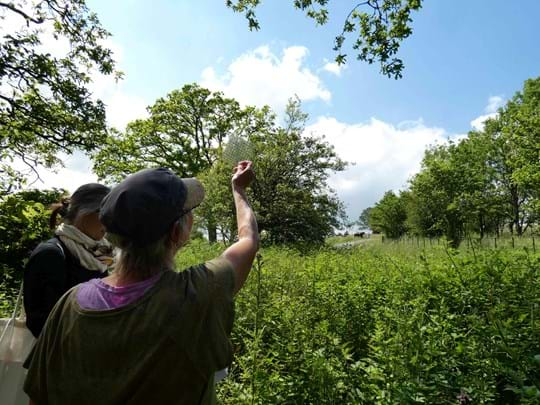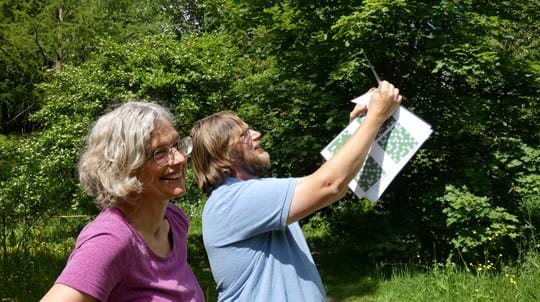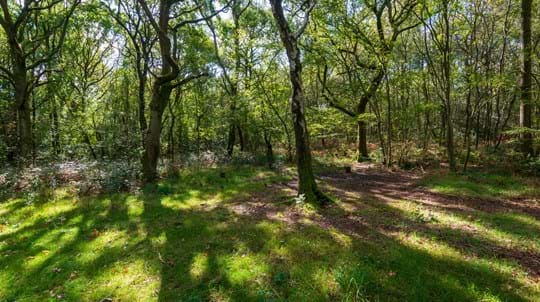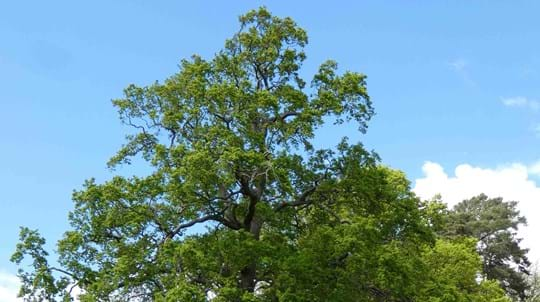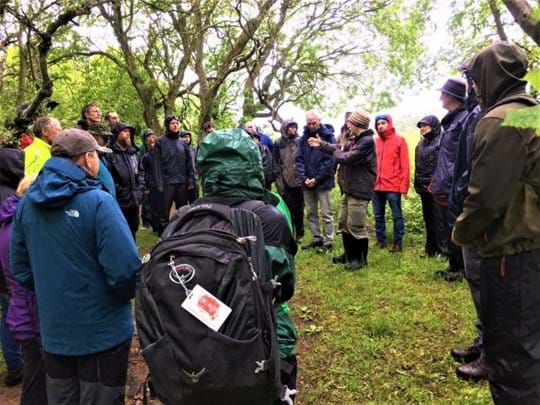
Credit: Suzy Sancisi-Frey - Forest Research
We work with a team of specialist volunteers
Our volunteers form a UK network of over 200 citizen scientists. They undertake a range of surveys to assist with spotting new tree pests or diseases and monitoring the spread of existing ones.

